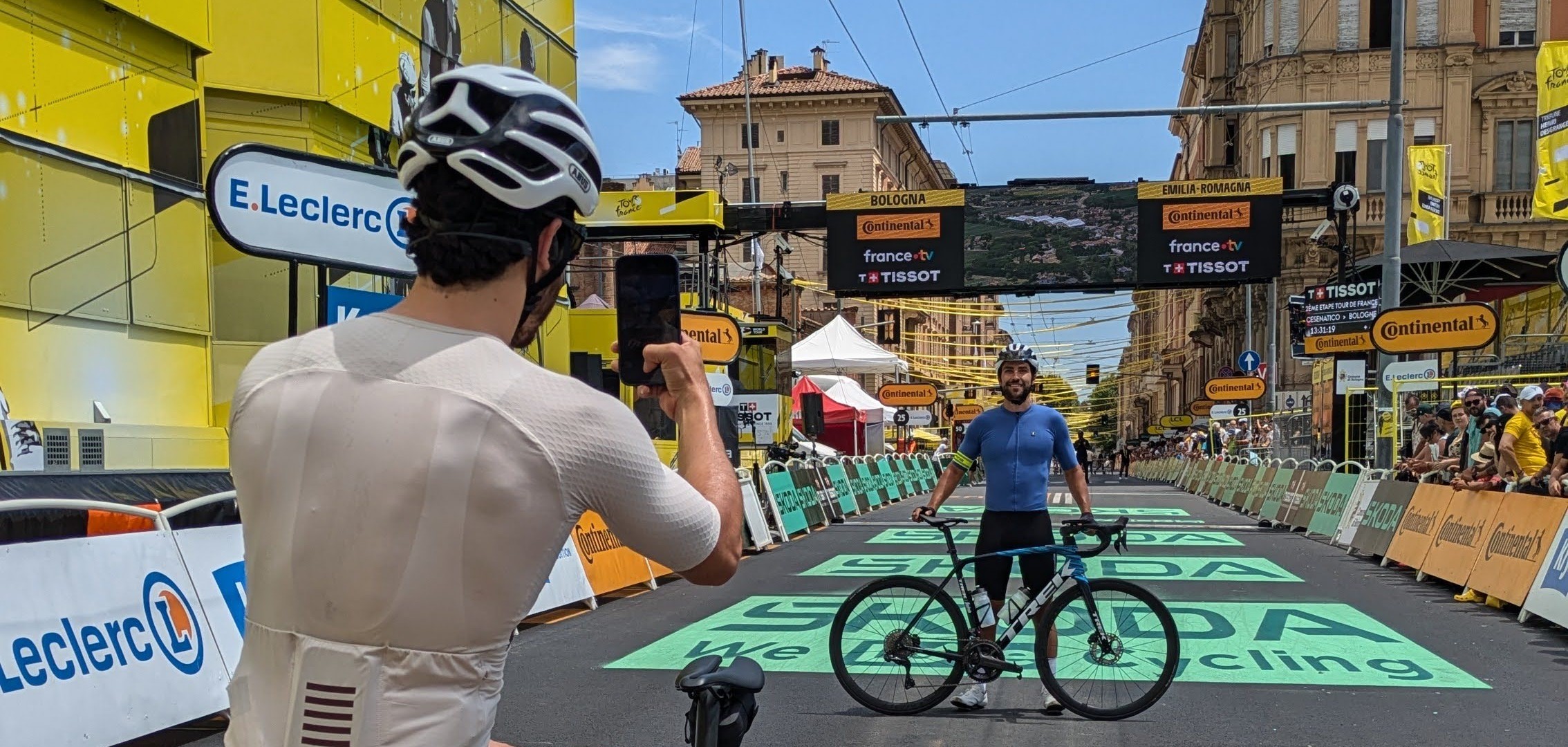Why choose a road bike tour?
Road bike tours are perfect for those who love to ride long distances on paved roads while soaking up the sights and sounds of different cultures and landscapes. Unlike mountain bike tours that focus on rugged terrain and technical skills, road bike tours prioritize speed, endurance, and the joy of riding on smooth, scenic routes.
Cyclists of all skill levels can enjoy road bike tours, as they range from short day trips to multi-week adventures. Whether you are looking to push yourself on challenging climbs or enjoy a more leisurely journey through vineyards and villages, road biking offers a diverse range of experiences.
Best road bike tour destinations in Europe
Europe is renowned for its network of well-maintained roads that connect picturesque towns, historic landmarks, and breathtaking landscapes. Here are some of the top road bike tour destinations in France and Europe.
1. Provence, France
Provence is a dream destination for road cyclists. Known for its rolling lavender fields, charming villages, and mild climate, Provence bike tours offers a variety of routes suitable for all levels. The Mont Ventoux, a legendary climb in the Tour de France, attracts cyclists looking for a challenge. If you’re after a more relaxed ride, the quiet country roads of the Luberon region offer stunning views of vineyards and ancient hilltop towns.
2. Tuscany, Italy
Tuscany is famous for its beautiful landscapes, rich history, and incredible food and wine. A road bike tour through Tuscany will take you along winding roads that pass through olive groves, vineyards, and medieval towns. The Strade Bianche (white roads) around Siena are particularly popular, offering a mix of smooth asphalt and gravel paths that provide a quintessential Tuscan experience. For those seeking a challenge, the climb up to Monte Amiata offers breathtaking views from the top.
3. The Loire Valley, France
If you prefer a flat and scenic route, the Loire Valley is an ideal destination for road cycling. Known as the “Garden of France,” this region is home to beautiful châteaux, vineyards, and charming riverside towns. The well-marked cycling paths along the Loire River are perfect for leisurely rides, making this region a great option for beginner cyclists or those looking to combine cycling with wine tasting and cultural exploration.
4. The Pyrenees, France/Spain
The Pyrenees mountain range is a favorite among cyclists who want to test their endurance on challenging climbs. The Pyrenees offer some of the most iconic road cycling routes in Europe, including the Col du Tourmalet and the Col d’Aubisque, both of which are regular features in the Tour de France. These routes offer breathtaking mountain scenery, tough ascents, and exhilarating descents for experienced cyclists looking for a physical challenge.
5. Mallorca, Spain
The Spanish island of Mallorca has become a hub for road cyclists, thanks to its varied terrain, excellent road conditions, and mild climate. The island offers everything from flat coastal routes to challenging mountain climbs, including the famous Sa Calobra switchbacks. Mallorca is particularly popular during the spring and fall when the weather is perfect for long rides without the summer crowds.
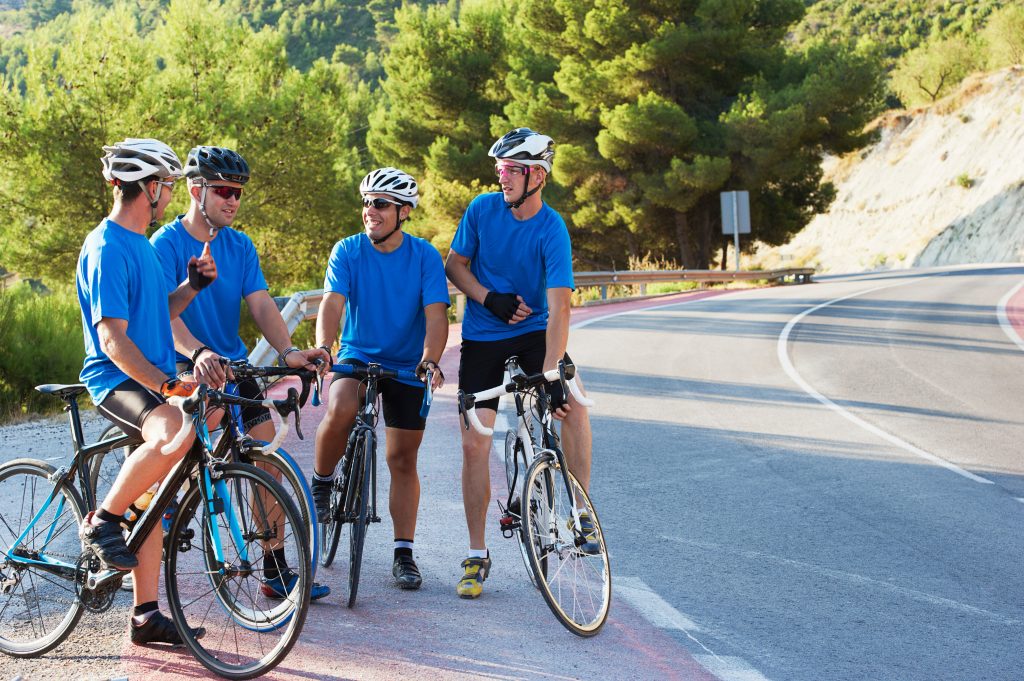
Tips for planning a road bike tour
1. Choose the right route for your skill level
When planning a road bike tour, it’s essential to choose a route that matches your fitness level and experience. If you’re a beginner or prefer leisurely rides, opt for flatter routes with shorter daily distances, such as those in the Loire Valley or the Dutch countryside. More experienced cyclists looking for a challenge can tackle the mountainous climbs of the Alps or the Pyrenees.
2. Plan your daily mileage
On a road bike tour, your daily mileage will depend on the difficulty of the route, your fitness level, and how much time you want to spend off the bike exploring. A comfortable range for most cyclists is between 50 and 100 kilometers per day. However, if you’re tackling steep climbs or rougher terrain, you may want to adjust this range.
3. Accommodation options
Many road bike tours offer a variety of accommodation options, from hotels and guesthouses to more adventurous camping experiences. If you prefer comfort, book accommodation in advance along your route. Cyclist-friendly hotels often offer secure bike storage, repair stations, and hearty meals to refuel after a long day of riding.
For those who prefer more flexibility, you can choose to camp along the way. Camping gives you the freedom to adjust your route as you go, but it does require carrying extra gear on your bike.
4. Guided vs. self-guided tours
There are two main types of road bike tours: guided and self-guided. Guided tours provide the convenience of having a local expert lead the way, handle logistics, and share insights about the area. This option is great for those who want to focus on riding without worrying about navigation or planning.
Self-guided tours offer more freedom and flexibility, allowing you to set your own pace and make spontaneous stops along the way. Most self-guided tours provide GPS maps and detailed route information, making it easy to navigate even if you’re unfamiliar with the area.
What to pack for a road bike tour
Packing for a road bike tour requires careful planning to ensure you have everything you need without carrying too much weight. Here’s a list of essential items to pack:
| Item | Quantity | Notes |
|---|
| Road bike | 1 | Lightweight, well-maintained |
| Helmet | 1 | Safety essential |
| Cycling clothing (jerseys, shorts) | 2-3 sets | Breathable, moisture-wicking |
| Rain jacket | 1 | Lightweight, packable |
| Multi-tool | 1 | For bike repairs |
| Spare inner tubes | 2 | Correct size for your tires |
| Mini pump | 1 | Essential for flat tires |
| Water bottles | 2 | Stay hydrated during long rides |
| Snacks/energy bars | Varies | Quick fuel for long distances |
| Panniers or bikepacking bags | 1-2 | For carrying essentials |
| GPS or map | 1 | For navigation |




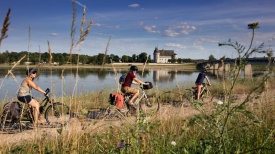 France Bike Tours
France Bike Tours
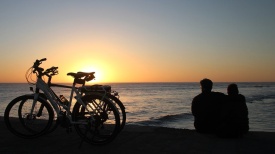 Europe Bike Tours
Europe Bike Tours
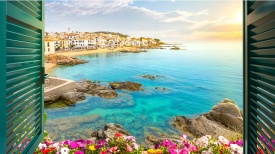 Europe Luxury Bike Tours
Europe Luxury Bike Tours
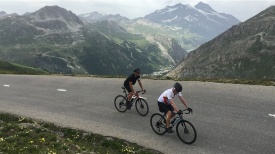 Epic Cycling
Epic Cycling
 Cycling Challenges
Cycling Challenges
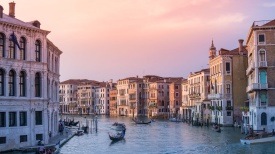 Italy
Italy
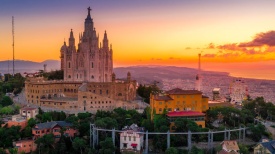 Spain
Spain
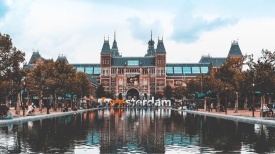 Holland
Holland
 United Kingdom
United Kingdom
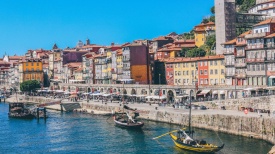 Portugal
Portugal
 Ireland
Ireland
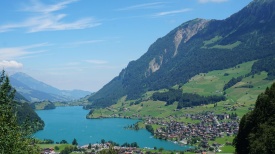 Switzerland
Switzerland
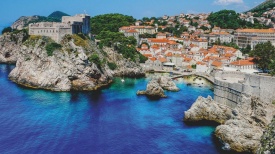 Croatia
Croatia
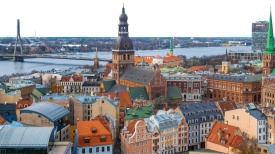 Baltic States
Baltic States
